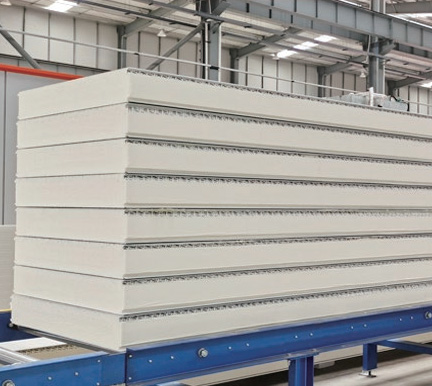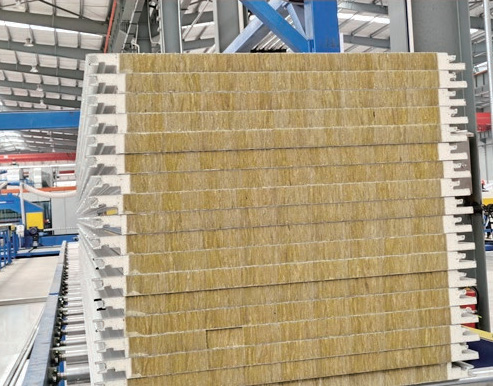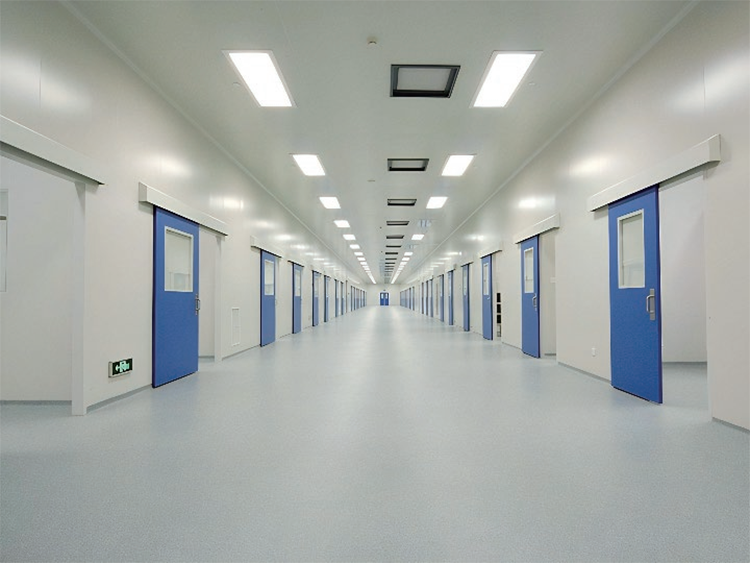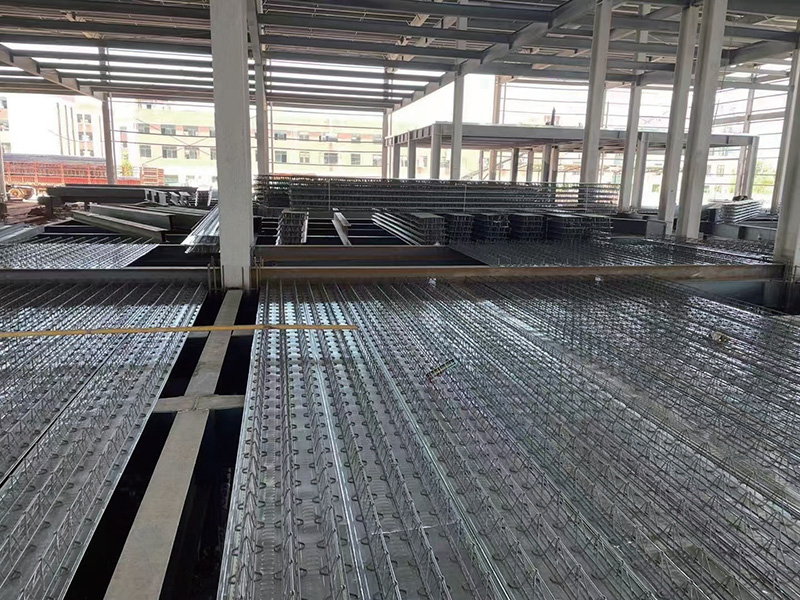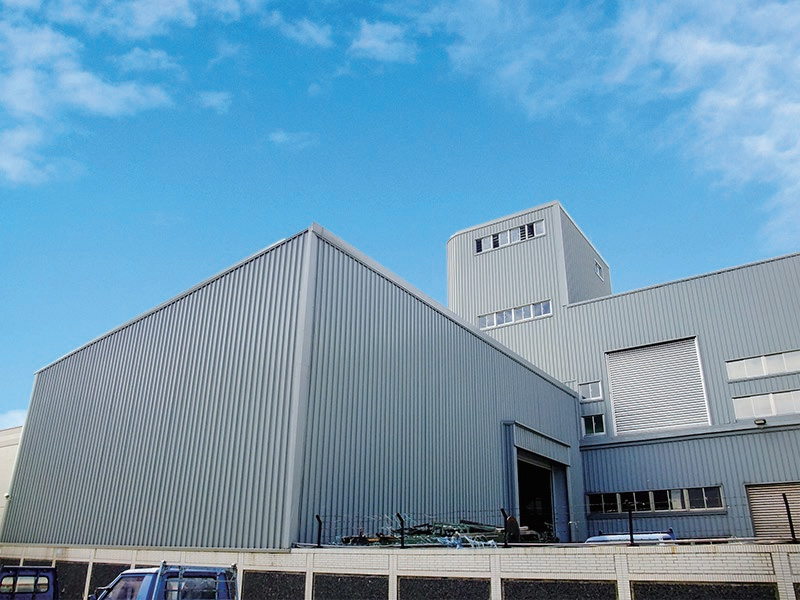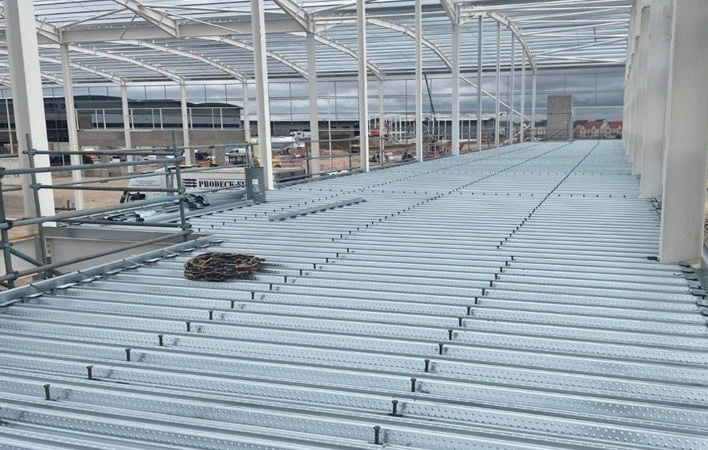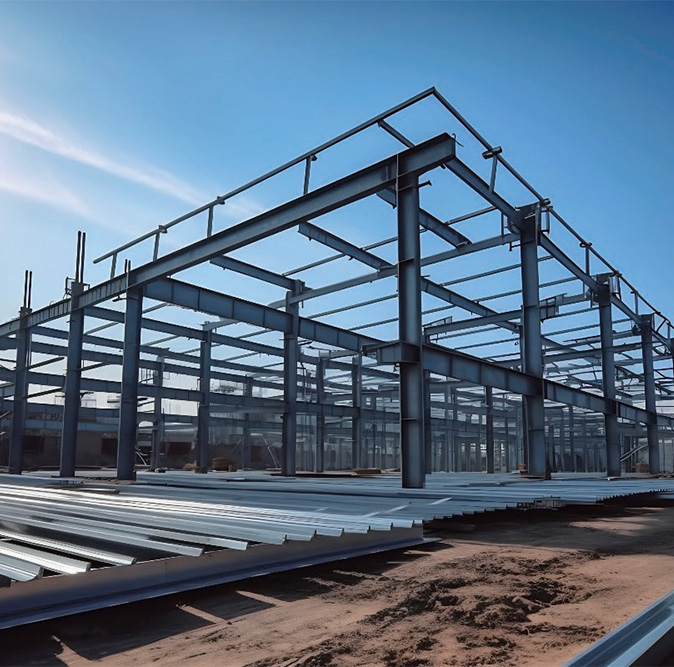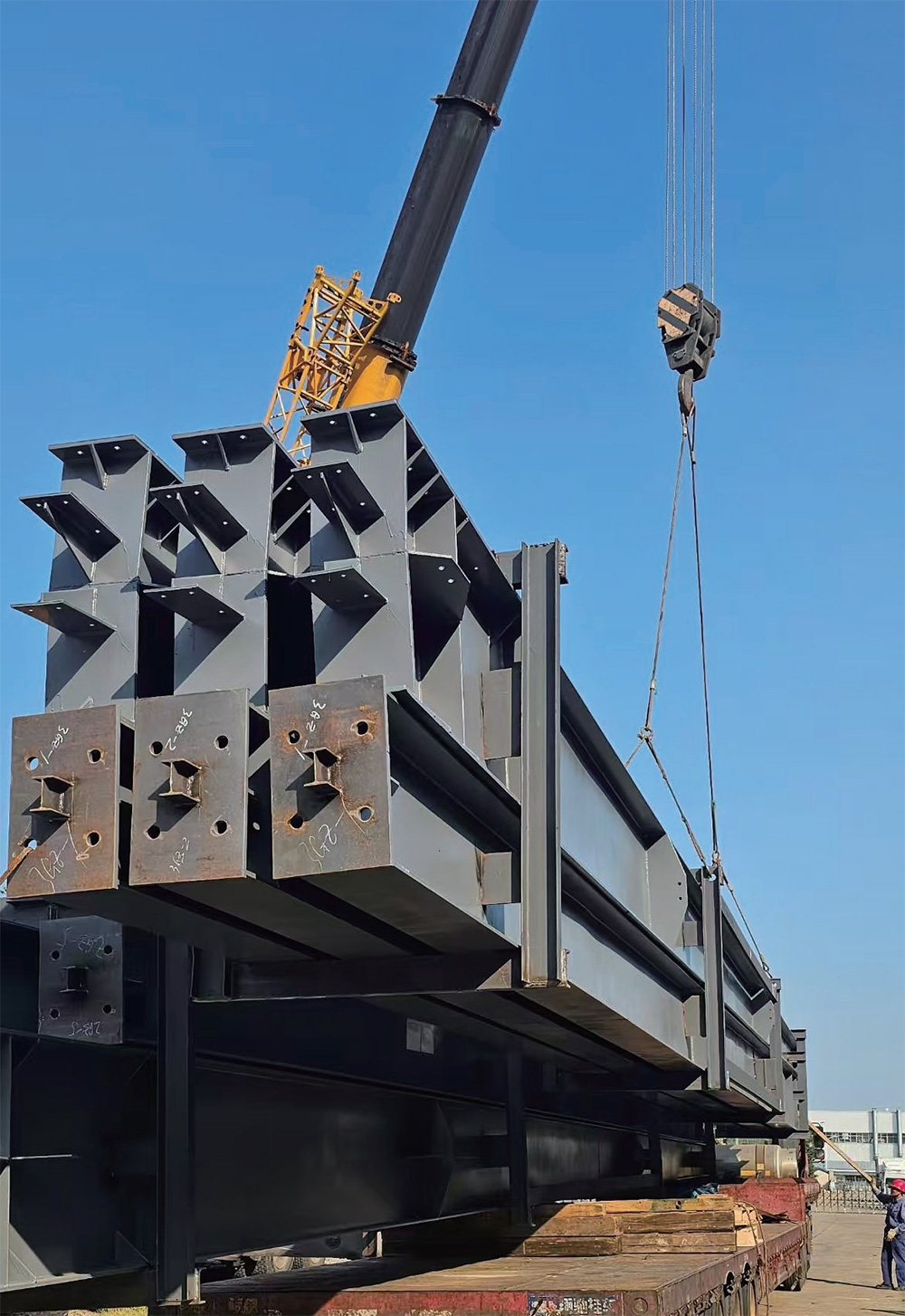Kebao Group | Welding Methods and Weld Forms for Steel Structures
Welding methods for steel structures
The commonly used welding method for steel structures is arc welding, including manual arc welding, automatic or semi-automatic arc welding, and gas shielded welding.
Manual arc welding is a commonly used welding method in steel structures, with simple equipment and flexible and convenient operation. But the working conditions are poor, the production efficiency is lower than that of automatic or semi-automatic welding, and the variability of weld quality depends to some extent on the technical level of the welder.
The weld quality of automatic welding is stable, with fewer internal defects, good plasticity, and impact toughness, making it suitable for welding longer direct welds. Semi automatic welding is suitable for welding curves or any shape of welds due to manual operation. Automatic and semi-automatic welding should use welding wire and flux that are compatible with the main metal. The welding wire should comply with national standards, and the flux should be determined according to the welding process requirements.
Gas shielded welding uses inert gas (or CO2) gas as the protective medium for the arc, isolating the molten metal from air to maintain the stability of the welding process. Gas shielded welding has concentrated arc heating, fast welding speed, and deep penetration, resulting in higher weld strength than manual welding. And it has good plasticity and corrosion resistance, suitable for welding thick steel plates.
There are two types of weld seam forms
The welding seam connection forms can be divided into four types based on the mutual position between the connected components: butt joint, lap joint, T-shaped connection, and corner joint. There are two basic forms of welds used for these connections: butt welds and fillet welds. In specific applications, the selection should be based on the stress conditions of the connection, combined with manufacturing, installation, and welding conditions.
Weld seam construction
One is butt welds: butt welds transmit force directly, smoothly, and without significant stress concentration, thus having good stress performance, and are suitable for connecting components that bear static and dynamic loads. However, due to the high quality requirements for butt welds and the strict gap requirements between welded components, they are generally used in factory manufactured connections.
The second type is fillet weld: The form of fillet weld can be divided into side fillet weld parallel to the direction of force application, front fillet weld perpendicular to the direction of force application, oblique fillet weld intersecting with the direction of force application, and circumferential fillet weld according to their length direction and external force application direction.
The cross-sectional forms of fillet welds are divided into ordinary type, flat slope type, and deep penetration type. The ratio of the welding foot edge of the ordinary cross-section is 1:1, which is similar to an isosceles right angled triangle. The bending of the transmission line is more severe, resulting in severe stress concentration. For structures that directly bear dynamic loads, in order to ensure smooth force transmission, the front corner welds should adopt a flat slope type with a ratio of 1:1.5 between the two welding corner edges (the long side should follow the direction of internal forces), and the side corner welds should adopt a deep penetration type with a ratio of 1:1.
Next:No more
